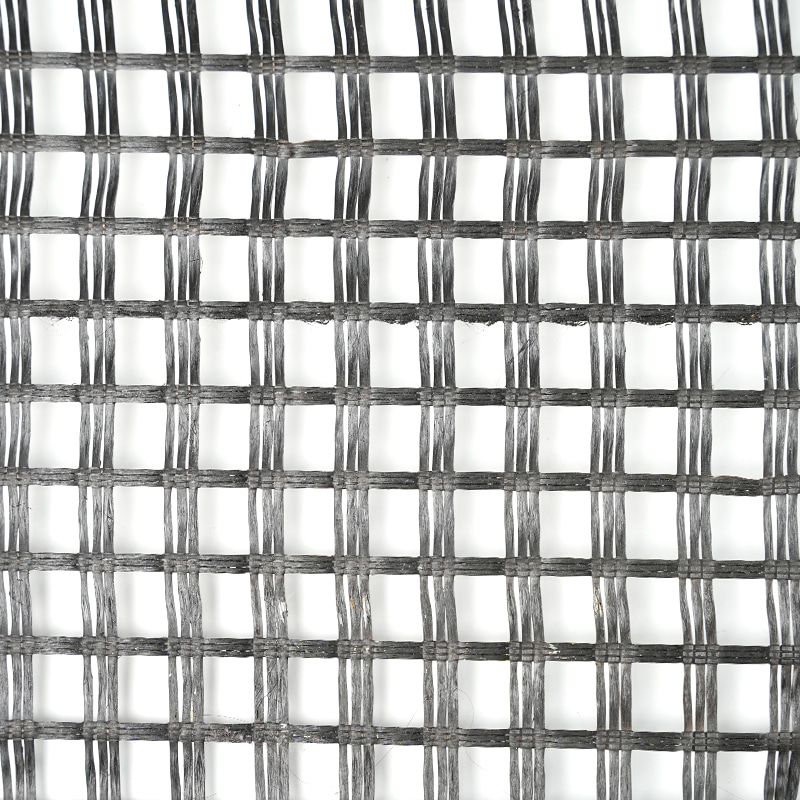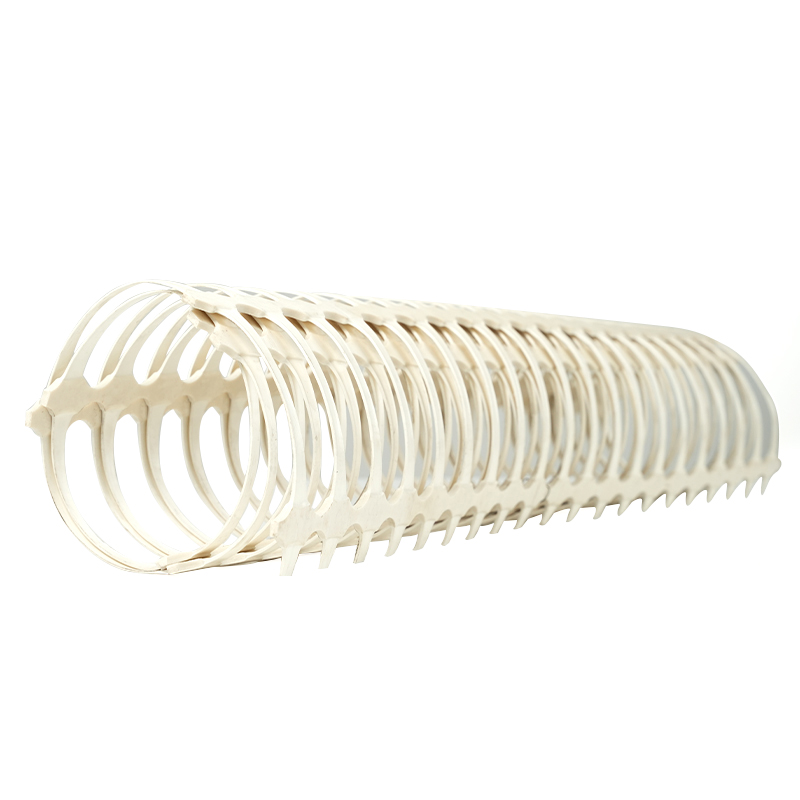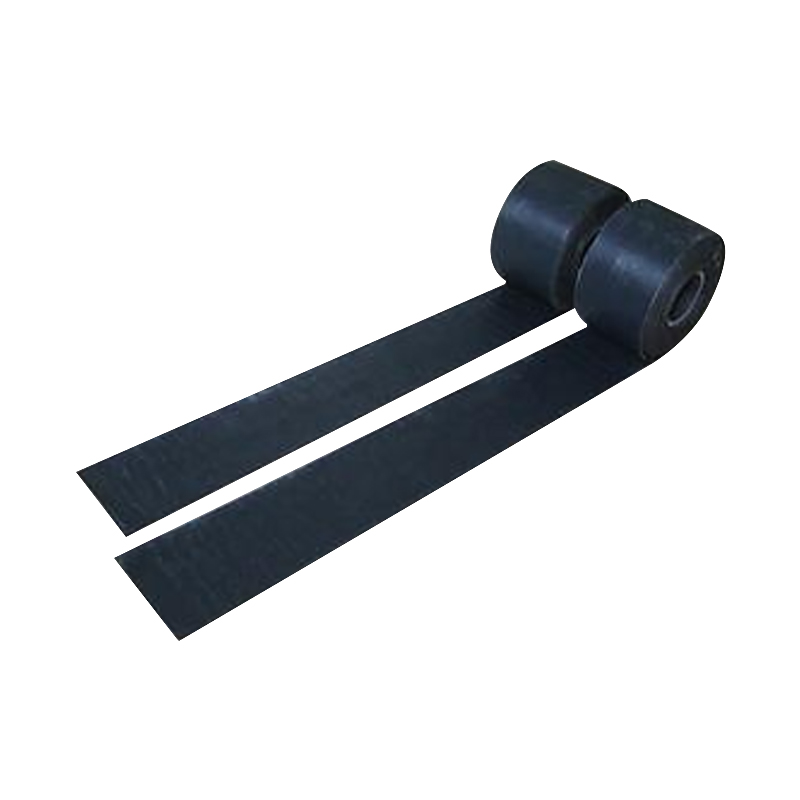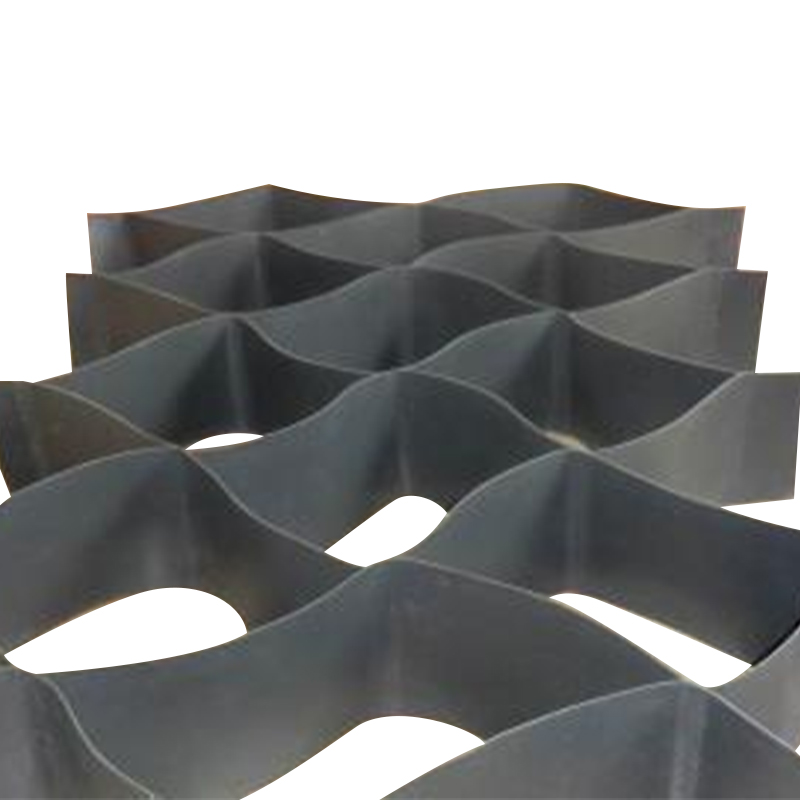Key points of geogrid construction:
1. Construction site: It is required to be compacted, flat and level, with sharp protrusions removed.
2. Grid laying: On a flat and compacted site, the main stress direction (longitudinal) of the grating installed and laid should be perpendicular to the axis of the embankment. The laying should be smooth, without wrinkles, and tensioned as much as possible. Fix it with nails and earth and stone weight. The main stress direction of the laid grid is preferably the whole length without joints. The connections between the widths can be manually tied and overlapped, and the overlap width should not be less than 10cm. If the grille is installed on more than two floors, the gaps between the layers should be staggered. After laying a large area, the overall straightness should be adjusted. After filling with a layer of soil and before rolling, the grid should be tightened again manually or with machine tools, and the force should be even so that the grid is in a straight and stressed state in the soil.
3. Selection of fillers: Fillers should be selected according to design requirements. Practice has proved that all materials except frozen soil, swamp soil, domestic garbage, chalk soil and diatomaceous earth can be used as filler. However, gravel soil and sand soil have stable mechanical properties and are little affected by moisture content, so they should be used . The filler particle size should not be larger than 15cm, and attention should be paid to controlling the filler gradation to ensure compaction weight.
4. Paving and compacting of filler: After the grid is laid and positioned, it should be filled with soil and covered in time. The exposure time should not exceed 48 hours. The flow operation method of backfilling while laying can also be adopted. First spread the filler at both ends, secure the grating, and then advance to the middle. The order of rolling is on both sides and then in the middle. During rolling, the rollers cannot be in direct contact with the reinforcements. Vehicles are generally not allowed to drive on uncompacted reinforcements to avoid dislocation of the reinforcements. The layered compaction degree is 20-30cm. The degree of compaction must meet the design requirements, which is also the key to the success of reinforced soil projects.
5. Anti-drainage measures: In reinforced soil projects, drainage treatment inside and outside the wall must be done; foot protection must be done to prevent erosion; filtering and drainage measures must be set up in the soil body, and geotextiles should be set up when necessary. , Glass fiber geogrid is an geosynthetic material used for pavement reinforcement, old road reinforcement, and reinforcement of roadbed and soft soil foundation. It has become an irreplaceable material in the application of treating reflective cracks on asphalt pavement. This product is a semi-rigid product made of high-strength alkali-free glass fiber as a mesh base material through internationally advanced warp knitting technology and surface-coated. It has high tensile strength and low elongation in both warp and weft directions, and has properties such as high temperature resistance, low cold resistance, aging resistance, and corrosion resistance. It is widely used in the reinforcement of asphalt pavements, cement pavements, roadbeds, and railways. Roadbed, dam slope protection, airport runway, desertification prevention and control and other engineering projects.



 中文简体
中文简体 русский
русский عربى
عربى













